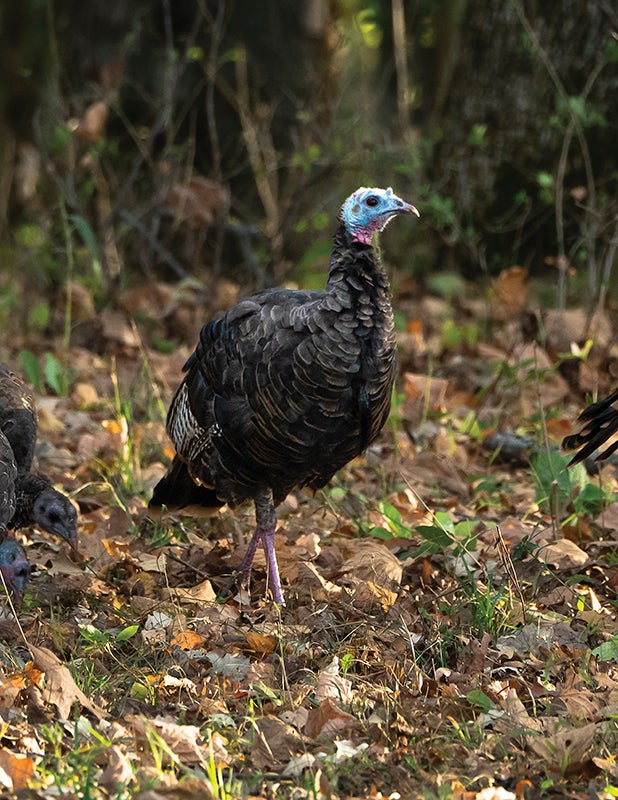Guest Column: Rawhides may be more harmful than you think
Published 2:42 pm Friday, November 17, 2017
By Michelle Nelson
Michelle Nelson is the owner of The Pet Authority in Albert Lea

Michelle Nelson
As pet owners, we strive to keep our pets healthy; we feed them a high-quality food, exercise them daily, schedule regular vet checks, but oftentimes we buy just whatever is in the checkout lane at the grocery store for their chews and treats. We have all been guilty of it, thinking, “It’s just a treat, what harm can it really do?” Today I want to take a look at the commonly purchased rawhide, in particular, as many of the ingredients are found on the list of pet poisons.
The name rawhide is really deceiving as there is absolutely nothing raw about rawhide. It is completely processed from beginning to end. Rawhide is really a byproduct of the leather industry, not the beef industry like you would think, and it is not subject to the same rules and regulations as other dog chews. Let’s take a closer look at how rawhide is made, and then I will let you decide if this is a wise choice to feed your dogs.
Step 1: Cattle hides are normally shipped from slaughter houses to tanneries for processing. The hides are treated with a chemical to prevent spoilage during transportation. Upon arrival at the tanneries, hides are soaked and treated with either an ash-lye solution or a highly toxic recipe of sodium sulphide liming to strip the hair and fat off the hide. It is then treated with chemicals to puff the hide so it can be split into layers; the outer layer goes to shoes, purses, car seats, etc., and the inner layer is made into gelatin, cosmetics, glue and rawhide.
Step 2: In the post-tanning stage, hides are washed and whitened with a solution of hydrogen peroxide and/or bleach. Additional chemicals are used if further whitening is needed.
Step 3: Rawhide can then will be basted, smoked or tinted with FD&C Red 40 and sodium benzoate, both of which are a low-dose poisoning to our pets.
Step 4: In order for rawhides to last forever, glue is added. These glues often contain lead, arsenic, mercury, chromium salts or formaldehyde.
The Humane Society International recently did an investigation into the making of rawhide abroad and found that in Thailand, the skins of brutally slaughtered dogs are mixed with other bits of skin to produce rawhide chew toys for pet dogs. Manufacturers told investigators that these chew toys are regularly exported to and sold in U.S. stores.
I know many of you are using rawhides to keep your dogs teeth clean, but what starts out as a hard piece of hide is quickly turned into a slimy glob of goo that has absolutely no dental benefit. There are much healthier and safer options to rawhide, like raw bones, chicken necks, bully sticks etc.
If you still insistent on feeding rawhide, make sure you look for a USA-made, organic rawhide to purchase. Rawhide needs to be bigger than your dogs head to begin with, and once it is half its original size, throw it away as it can then be easily swallowed and can get stuck in the esophagus or other parts of the digestive tract.
So the next time you come across that big old rawhide bone, my suggestion to you is to keep on walking, as we decide how healthy our pets are going to be.






